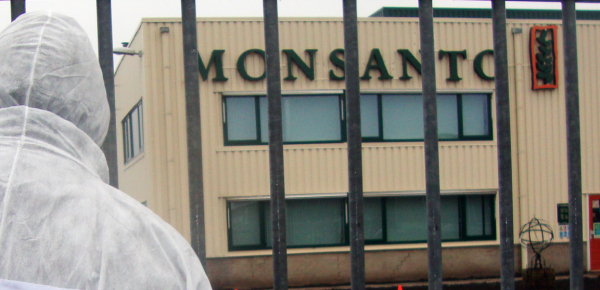Chemotherapy can cause several, sometimes debilitating, side effects. Studies have shown cannabinoids can make the adverse effects more manageable.
Chemotherapy is a category of cancer treatment that uses strong drugs, administered orally or intravenously.
There are more than 100 chemotherapy drugs that are used in the treatment of cancer. The drugs prevent cancer from spreading to other parts of the body, slow the growth of tumors, and kill cancer cells.
While chemotherapy can be effective against cancer, it does cause sometimes-serious side effects.
Overview of Chemotherapy Side Effects
The side effects from chemotherapy develop because the chemotherapy drugs that attack cancerous cells also damage normal, healthy cells. Common side effects associated with chemotherapy are fever and chills, fatigue, nausea and vomiting, sore mouth, diarrhea, constipation, loss of appetite that can lead to anorexia, pain or difficulty with swallowing, swelling in the hands or feet, itching, shortness of breath, cough, and muscle or joint pain.
Individuals undergoing chemotherapy won’t necessarily experience all side effects and the severity of the side effects varies greatly from person to person. Most side effects will gradually go away after completion of the treatment.
Effects of Cannabinoids and CBD on Chemotherapy Side Effects
Cannabinoids have shown to effectively reduce the nausea and vomiting that often occurs during and after chemotherapy treatments. Studies have found that one of the major cannabinoids found in cannabis, cannabidiol (CBD), is effective at treating the more difficult to control symptoms of nausea, as well as preventing anticipatory nausea in chemotherapy patients. Another study found that tetrahydrocannabinol (THC), another major cannabinoid found in cannabis, is also effective at reducing conditioned rejection and chemotherapy-induced nausea.





